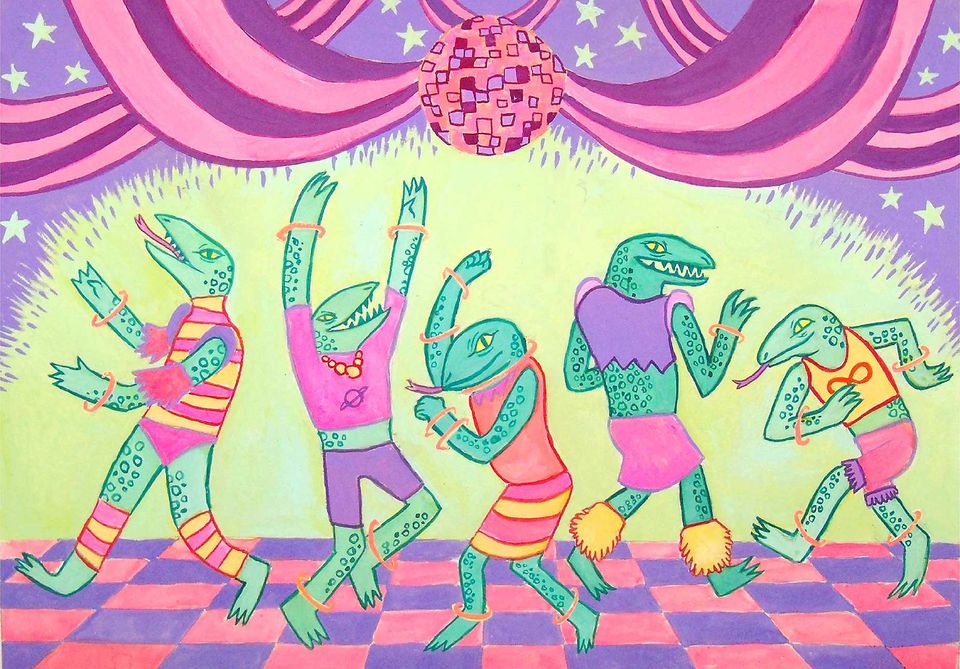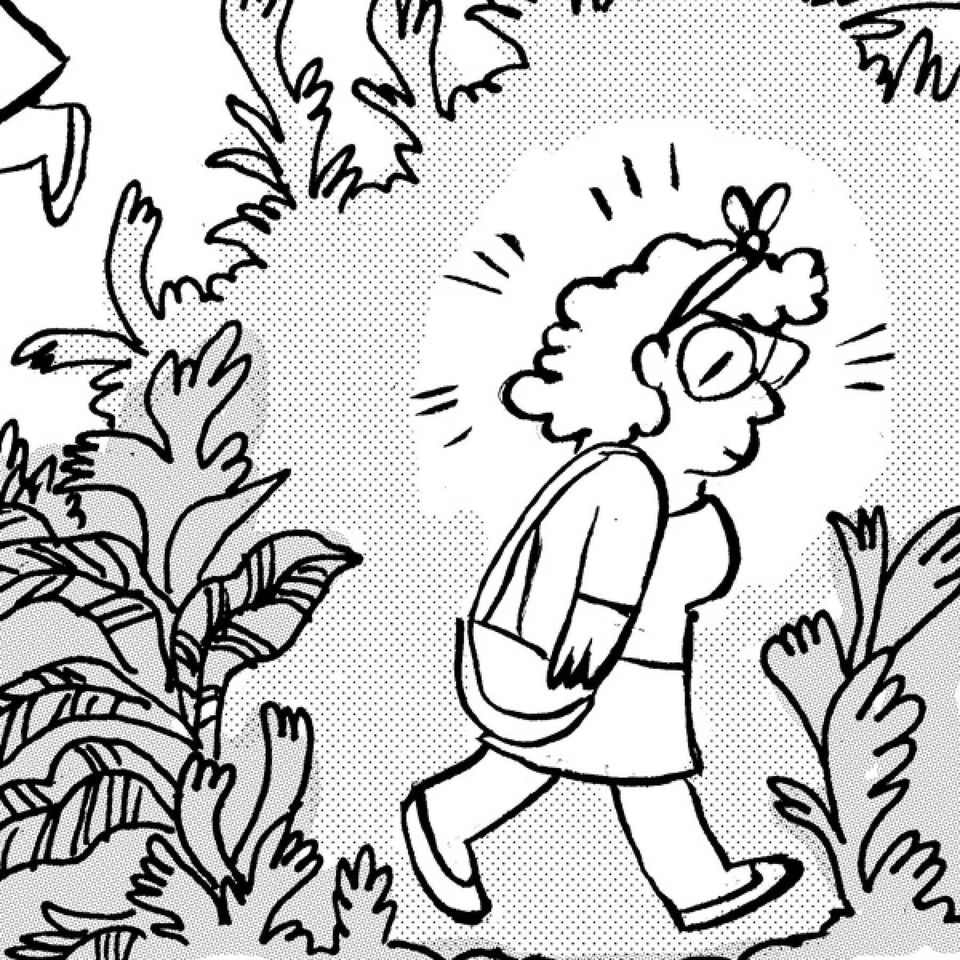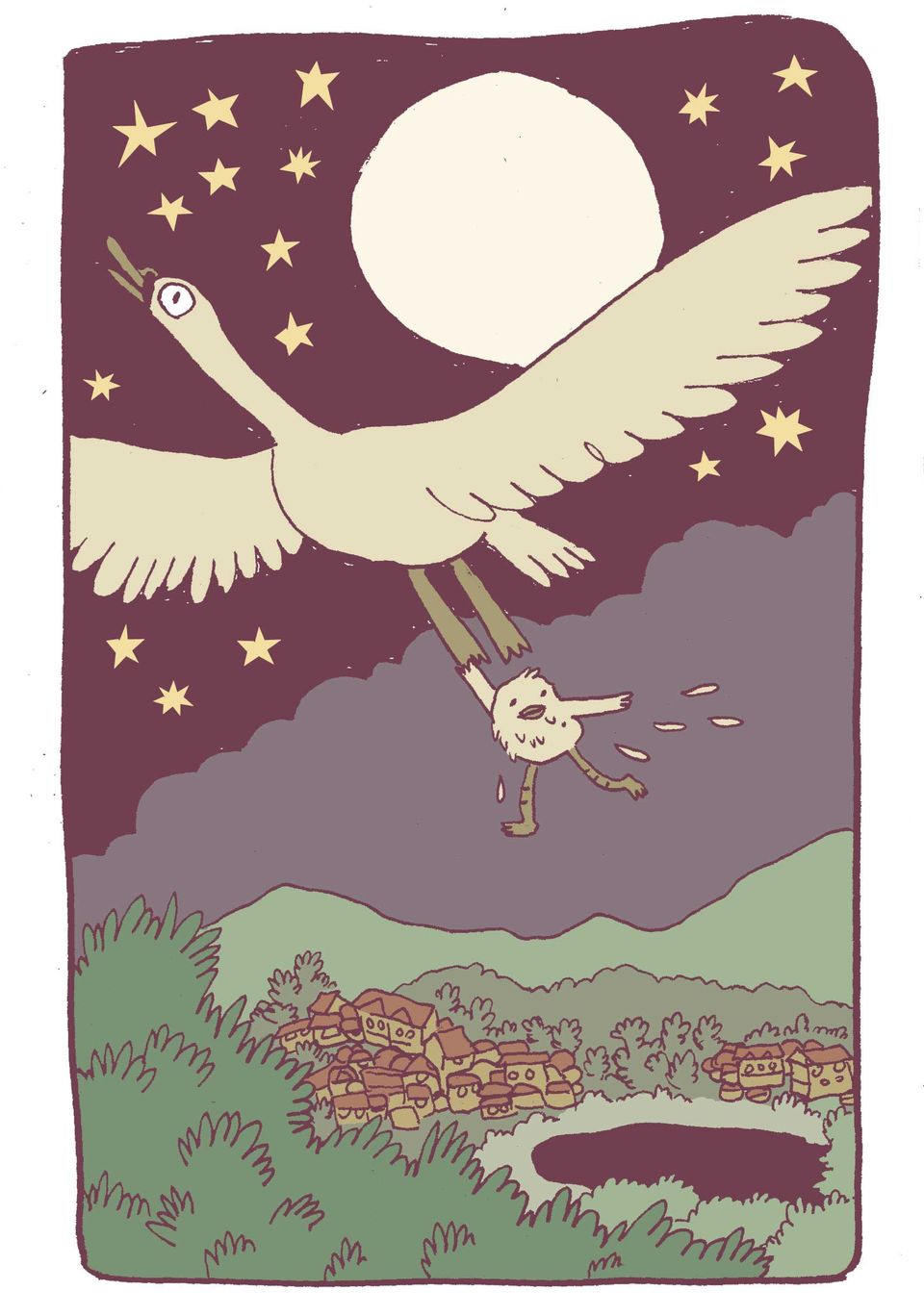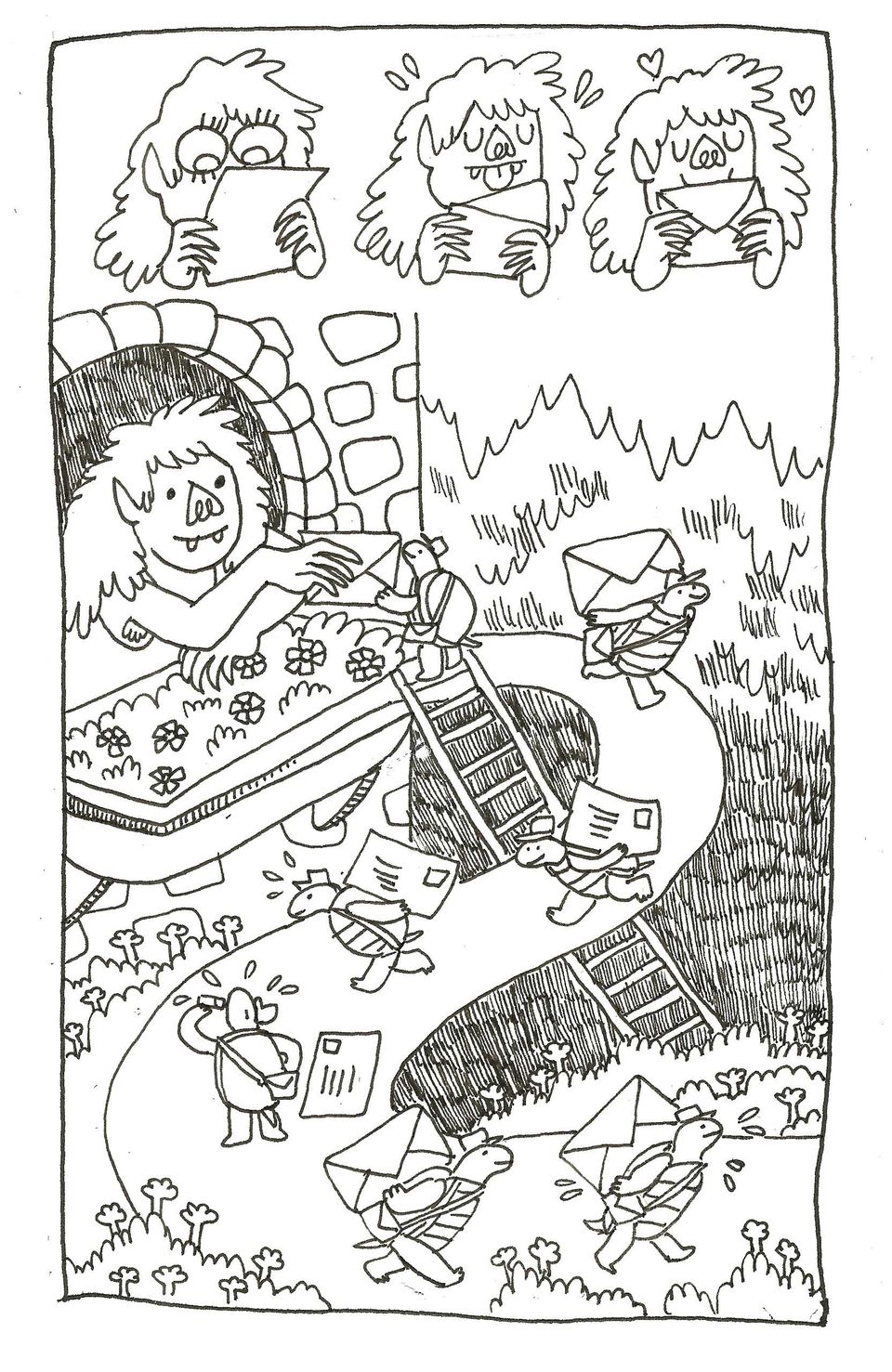Artist Spotlight: Miranda Harmon
February 18, 2020
Everyone’s work is deeply idiosyncratic: in our regular Spotlight segment we explore artists’ experiences and inspiration to understand what defines and inspires their unique styles.
Miranda is a comic artist and cartoonist based in California: her work has appeared in the Dirty Diamonds anthologies, Chainmail Bikini, Every/Body, the AV Club, and Comfort Food Zine. Her clients have also included Cards Against Humanity, Boom! Studios, and the city of Gainesville.
Can you give us a brief background on yourself?
I always knew that I wanted to be an artist and luckily, my family was very supportive of that goal from the beginning. When I was a child I had a very specific idea of what an artist was, as someone who paints and displays their work in museums. I had no idea how to achieve that goal! I loved comics and cartoons, but didn't make the connection that artists were also cartoonists. I think I always wanted to be a cartoonist, but never realized that was a job! By the time I was a teenager, I didn't think I would do well in art school, so I went to a liberal arts college and studied fine art and art history. For a while I was on track to go into curatorial studies, or art education. I still love art history and consider my professors from college a big inspiration to me now, but once I discovered comics I took a different route. I went to the Small Press Expo my senior year of college because it was very close to my school, and saw that you could just make comics and nobody could tell you not to. This was very big to me!
What kind of influence does your location have on your career?
I grew up in Orlando, Florida, and to be honest I felt pretty isolated as a teen artist! I always felt like I would have to leave the state in order to achieve anything, but I was wrong. After college I went straight to Gainesville, Florida to study comics at the Sequential Artists Workshop. I was surprised by how supported I felt in a small town in the heart of Florida. The Sequential Artists Workshop was exactly what I needed, and helped me grow exponentially over the course of just one year. I learned that having a community is very important to me. While the comics community in Gainesville is strong and growing, I recently decided to leave. I just moved to Los Angeles, California because I wanted to be around more artists and because there is more opportunity here. I visited the city a few times and decided it was where I wanted to be, and drove here! I couldn't have done that, though, without the help and support from my family and friends from Florida, so I think that's more important than anything.

What is your greatest source of inspiration?
I tend to look to fine arts history as my anchor. Comics history is one thing, and I don't want to knock that because it's very interesting and special as well, but I loved studying the history of the fine arts in college. It's comforting to me even if I feel separate from it as an artist. It's a story that we tell ourselves, and it's not always a true story, but I love the idea that first there were cave paintings, then mosaics, then sculptures, then cathedrals somehow! It's what I go to look at and read about when I'm feeling upset or afraid. It makes me feel small in a good, welcomed way.
Could you pick one piece of art that has made a lasting influence on you, and if so why?
I think Joann Sfar's The Rabbi's Cat is my favorite book. I think about it a lot! I love how Sfar creates little worlds in each panel, they're so memorable to me. I think his lines and colors are fearless and beautiful. I am usually pretty reckless with my mark making, and I used to think that would prevent me from making anything substantial. But here in the Rabbi's Cat, the marks come together in a very strange and special way to make something complicated and lasting. Buildings, mountains, temples, dreams, real human complexities! Every page is like a jewel. I usually keep that book open when I try to make anything important.
What skills or techniques do you find most useful in your line of work? Do you use primarily traditional or digital methods to create your artwork?
I recently got a Yiynova tablet, my first ever tablet monitor. I love it! I feel like a witch every time I draw a line and it shows up automatically on the screen. Most of the time I will draw comic pages straight into my sketchbook, then scan and edit digitally. I usually use Kyle Webster's halftone brushes to create tones. For drawing I love the Ohto Graphic Liner pens. I usually like a thin, consistent line when drawing in my sketchbook.
Can you give our readers a tip or trick you have come across that has made your work a lot easier?
A pitfall I fell into while I was in college was to isolate myself and pretend that I wasn't a person. I got the idea that success meant nothing if it wasn't completely my own, and therefore I had to be working all the time. I don't think that's true! I think it's important to know how to ask for help, for work and also for personal issues. The most valuable resource we have is each other!
How can people who are interested in discovering more of your work find it?
My portfolio site is www.mirandaharmon.com,
my twitter handle is @MirandaMHarmon,
and my art blog can be found at mirandaharmony.tumblr.com.
Scriba is a revolutionary digital stylus that is ergonomically designed to comfortably fit your hand and uses unique Squeeze-Motion technology. Order here.
Articles

In the period since COVID forced many of us back home and out of the office, remote work has become the new norm for many. The flexibility of working from home, especially for those with small children, is very compelling, but making a productive workspace is more than setting up a desk in the spare room. More people are seeking to create functional and comfortable workspaces in their homes, however, it can be difficult to strike the right balance between a professional office space and a cosy home environment. Here are some tips for designing a home workspace that meets both of these needs: Dedicate a specific area for work Designating a specific area for work is essential for separating work from leisure time. This could be a separate room or just a corner of a room. It is important to make sure that the workspace is free from distractions and clutter, as this will help you stay focused and productive. Choose the right furniture Ergonomic furniture is key to a comfortable and productive workspace. Invest in a comfortable chair, a desk that is the right height, and a good-quality mouse and keyboard. If you are prone to back pain, consider a standing desk. Add personal touches Just because your workspace should be functional, doesn’t mean it can’t be personal. Add photos, plants, and other personal items to make the space feel like your own. This will help create a sense of comfort and make you feel at home in your workspace. Good lighting Good lighting is essential for a comfortable workspace. If possible, place your desk near a window for natural light. If not, invest in a high-quality desk lamp to provide bright, even light. Keep it organised An organised workspace will help you stay productive and focused. Use desk organisers, filing cabinets, and other tools to keep your work area free from clutter. A clean and organised workspace will also help you start each day with a clear mind. Consider your work style Think about the type of work you do and how you like to work. If you prefer a minimalist workspace, opt for a simple desk and a few basic supplies. If you need space for multiple screens and other technology, make sure you have enough room to work comfortably. Take breaks It’s important to take breaks throughout the day to avoid burnout. Step away from your desk, go for a walk, or do some stretching exercises to clear your mind and recharge.












